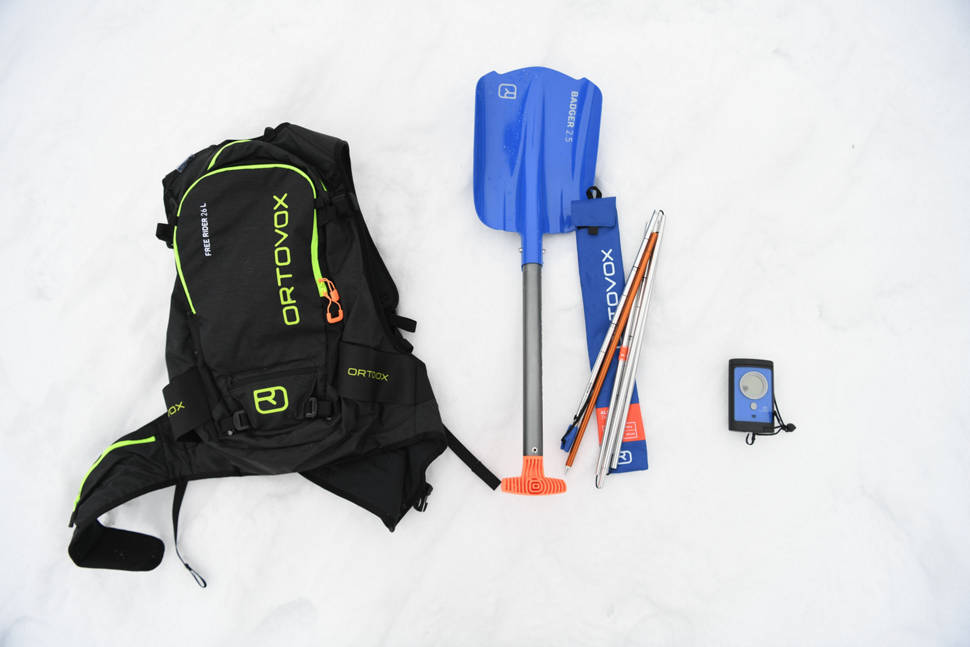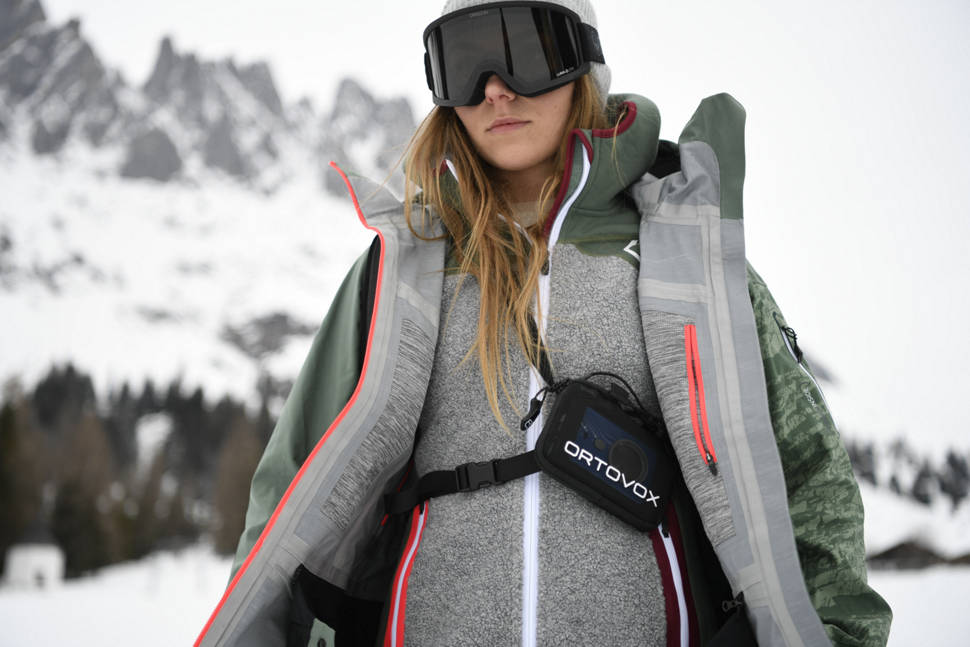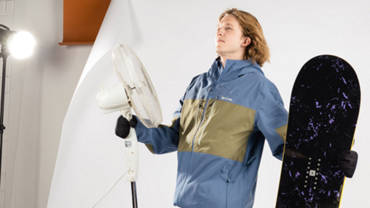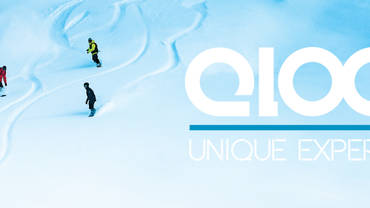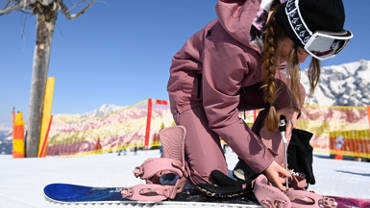Splitboarding is climbing a mountain to access the deepest, untracked snow. It's pretty similar to ski touring - just with a split snowboard. So if you want to discover new powder slopes without any tracks and people, then splitboarding is just the right thing for you.
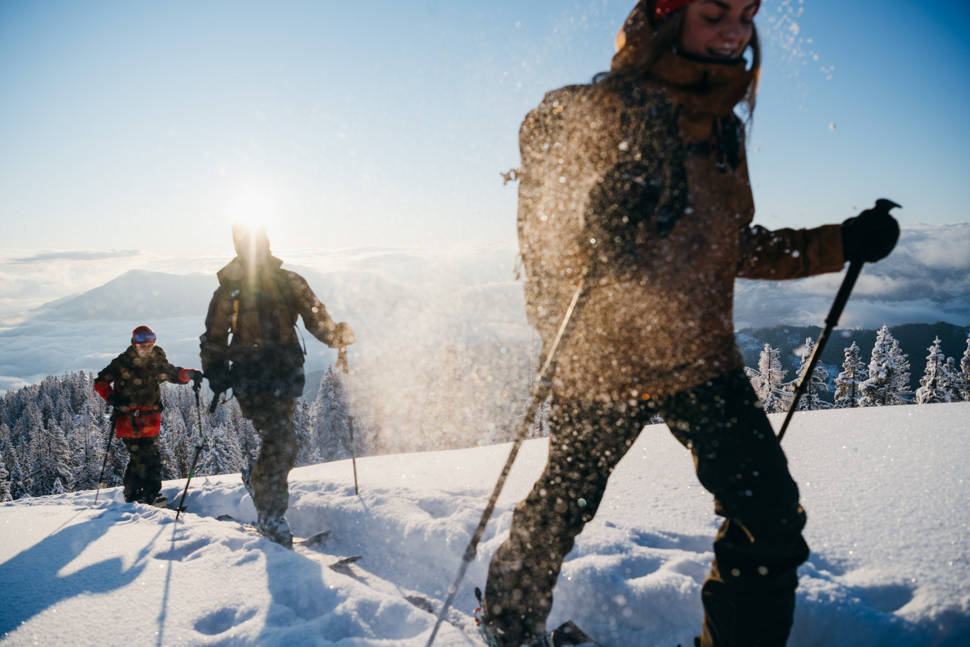
So what makes a splitboard different to a regular snowboard? Apart from being split down the middle. Splitboards are designed for riding powder snow, that’s the whole idea. A splitboard is a snowboard which has been split vertically down the middle. The two halves act as skis and grippy skins attached to the bottom help you climb the mountain. At the top you remove the skins, reassemble the two halves and ride back down.
Splitboarding is a physical activity - after all, you are climbing a mountain in your snowboarding gear. Imagine the level of exertion of hiking with a heavy pack and that is comparable to splitboarding. However, as you get better at ascending the mountain, it gets much more efficient.
Remember -Nearly all splitboarding takes place off the marked pistes. Make sure to get and learn how to use the avalanche essentials. Also, go first with a registered guide or an experienced backcountry rider. Safe to say, don't go splitboarding unless you are an advanced level or above rider.
What you need to start splitboarding:
- A splitboard
- Splitboard bindings (with interface)
- Freeride or splitboarding-specific snowboard boots
- Folding or telescopic ski poles
- Climbing skins
- Avalanche essentials
For a more in-depth breakdown of the equipment you need, check out our splitboard buyer's guide.
Part one - Assemble your splitboard.
One of the most important steps in learning how to splitboard doesn't actually take place on snow! When you get your splitboard, interface and bindings, it is vital that you learn how to use them together before you go riding.
- When you get your splitboard, bindings and interface, you'll notice that the holes are different to your standard snowboard. These are inserts specific to splitboarding - they should correspond to the interface of your chosen splitboard binding
- Attach the pucks or interface where you would usually place your bindings, and pay special attention to the width of your stance and your angles (tip - take the same angles and stance width as you would usually on your all-mountain or freeride snowboard.)
- Screw on the touring inserts in the three screws mid-way up your splitboard
- Slide your bindings on and secure them to the interface, to check everything is tight and working
- Check that your bindings fit in their touring inserts and secure them. This is once again to see that everything is tight and works properly
- Remove any protective foil from your skins and stick them to the surface of your splitboard. If you have pre-cut skins, they should fit perfectly, aside from some small tail clip adjustments.
- If you have to trim your skins, do this now either with the provided skin-trimming tool or with a sharp knife. You are trimming your skins so that the steel edges are exposed, for grip.
The reason we check so much the night before, is so when it's time to start riding we don't have anything to worry about.
Part two - Transition to hiking
When you have found the spot where you want to start hiking up, it's time to transition into splitboarding (tip - choose an area which is flat and less exposed to wind and snow).
- The first thing to do is to physically split your snowboard in two. To do this release the nose and back clips on the board, and slide your bindings off the board as shown in step one and separate the two halves.
- Now it's time to attach your skins to the base of your split skis, make sure the base is dry and clean from any snow and debris. Start at the nose and make sure to secure the skins as you go down.(tip - make sure you secure your other ski as you attach skins)
- Now with skins attached, slide your bindings into the walk-mode touring inserts on your splitboard (tip - the right way to have the skis is the straight middle edge on the outside and the buckles of the bindings on the outside. )
- Adjust your poles to the right length, they should be long enough to form a right angle with your elbow when held out in front of you (tip - times your height by 0.7 to get the right length of pole)
- Start hiking up
Hiking
- First, if possible, take your outermost layer and goggles off and put them in your backpack. You will quickly overheat with too many layers. This can lead to you sweating too much and will make you uncomfortable and could fog up your goggles.
- Start off slowly and go at your own pace. Take some time to get used to the exertion level, get a rhythm going and take in the surroundings.
- When you set off touring, try to slide your skis along the snow, rather than lifting them up. This will be more efficient and conserve energy.
- When it gets steeper you can use the heel risers - they give a better grip on steeper terrain.
Step three - Transition to riding
Once you're at the top of your hike, you can revert back into ride mode. You are basically reversing the steps which you took to transition into hiking.
- Collapse your poles and store them either inside or on the outside of your bag securely
- Take the bindings off the individual skis
- Pull the skins off the skis (tip - don't rip all the skin off at once, do it slowly and carefully so the skin doesn't get caught in the wind)
- Reattach the two sides of the splitboard and secure them with nose and tail clips
- Slide/reattach bindings to splitboard (make sure that the bindings are the right way round)
- Ride down - have fun!

Tips, tricks and FAQs
What to wear splitboarding?
For splitboarding you can wear your regular snowboarding clothes. However, you are going to exerting more effort than usual so be prepared to get a little hotter. The best option is to take a comprehensive layering system of a base-layer, mid-layer and then waterproof shell jacket and pants. With this system, you can adjust your clothing to suit the conditions and take layers off and put them on as required. Check out our layering buyer's guide for more information on how to layer up.
How do I know what goes together?
There are four different setups and interfaces available at Blue Tomato, but how do you know what goes with what? It seems like a complicated subject, but it's in fact not. In our Splitboarding Buyer's Guide, we break down exactly what fits with what. And in our product descriptions of splitboard bindings, we tell you exactly what is needed to go with these bindings. All of our splitboards fit with all of our interfaces, so you can ride any splitboard with any binding interface.
Is there anything else I need to worry about?
As you are getting into splitboarding, we'd recommend that you start slowly and start with shorter, lift-accessed hikes, so if anything goes wrong you're never too far from civilisation. Also always take your avalanche essentials and water.
As mentioned before, take your time! As with any new sport or hobby, you will need time to adjust to the different demands of splitboarding. After you are more confident with your climbing skills then you can progress onto longer tours and more challenging terrain.



